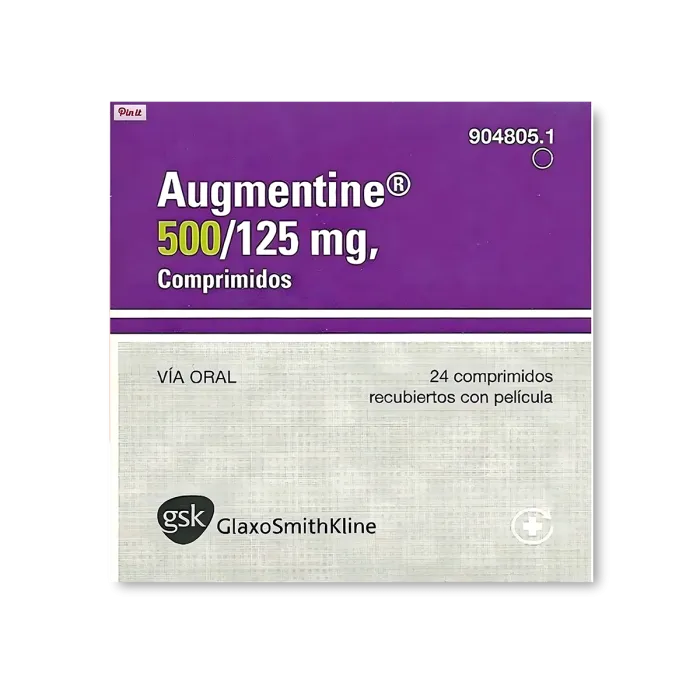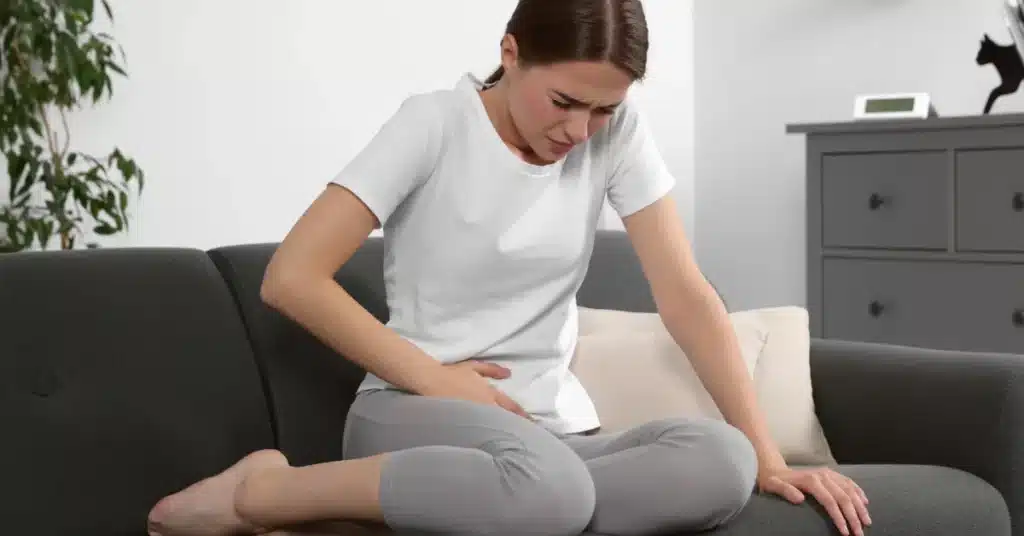Pelvic Inflammatory Disease (PID) is a common genital infection among sexually active women.
Annually, over 1 million women in the United States are diagnosed with PID, with over 100,000 experiencing infertility as a result.
Understanding the impacts and consequences of this disease is essential for effective prevention and treatment.
Below, we have answered, ‘What is Pelvic Inflammatory Disease?’ for you to make an informed decision for better management.
What is Pelvic Inflammatory Disease
Pelvic Inflammatory Disease (PID) is an infection affecting the uterus, fallopian tubes, and ovaries in women and AFAB.
It occurs when bacteria, often from untreated Sexually Transmitted Infections (STIs), spread to these organs.
Some common symptoms of PID may include:
- Lower abdominal pain
- Abnormal vaginal discharge
- Chills or fever
- Nausea and vomiting
- Bloating
- Pain during sex
- Painful urination
- Irregular periods, spotting, or cramping
However, these symptoms can often be mild or unnoticeable.
Therefore, it is best to seek proper diagnosis and treatment of Pelvic Inflammatory Disease through a certified doctor.
Save up to 90% on your medicine bills

Augmentin 500/125 Mg

Azax 500 Mg

Cephadex 500 Mg

Norflox 200 Mg
What Causes Pelvic Inflammatory Disease
 Source: Africa_images
Source: Africa_imagesPID occurs when bacteria from the vagina spread to other reproductive organs, such as the uterus, fallopian tubes, and ovaries.
Normally, the cervix prevents this spread, but vaginal infections can disrupt its function.
Gonorrhea and Chlamydia, two common STIs, are the main causes of PID. These STIs result in about 90% of PID cases.
Occasionally, PID can also stem from normal vaginal bacteria entering the reproductive organs during childbirth or miscarriage.
Treatment of Pelvic Inflammatory Disease
The treatment for PID primarily involves prescription-based antibiotics to treat the infection.
Following the diagnosis of your PID, your doctor will prescribe antibiotics to be taken orally for about 14 days.
It is advised to complete the prescribed course of antibiotics even if you start feeling better.
Additionally, you may need to return for a check-up to ensure the treatment is working.
In some cases, antibiotics may be given through a vein, especially if you’re pregnant or have a severe infection.
Surgery is rare but may be considered if symptoms persist or if there is an abscess.
Furthermore, avoid sexual activity until treatment is complete and use protection afterward to prevent reinfection.
Conclusion
Pelvic Inflammatory Disease (PID) is a common name among reproductive tract infections in young adult women.
Individuals seeking information about reproductive tract infections often ask- “What is Pelvic Inflammatory Disease?”
Pelvic Inflammatory Disease is a serious infection that impacts the uterus, fallopian tubes, and ovaries in women.
It is primarily caused by Sexually Transmitted Infections (STIs), such as Gonorrhea and
Chlamydia spreading to the uterus, fallopian tubes, or ovaries.
Some common symptoms of this infection include abdominal pain, abnormal vaginal discharge, chills or fever, nausea, and painful urination.
To treat PID, your doctor will prescribe certain medications, such as antibiotics.
In severe cases, surgery may be required
It is essential to receive a proper diagnosis and treatment of PID to prevent further complications such as chronic pain and infertility.

Frequently Asked Questions
What STD causes Pelvic Inflammatory Disease?
Pelvic Inflammatory Disease is commonly caused by STIs such as Gonorrhea and Chlamydia.
These infections can lead to PID if left untreated, resulting in inflammation and potential damage to the reproductive organs.
Where do you feel PID pain?
PID pain is typically felt in the lower abdomen or pelvic region.
It can vary from mild to severe and may be accompanied by other symptoms such as abnormal vaginal discharge, fever, or pain during intercourse.
Does douching cause Pelvic Inflammatory Disease (PID)?
Yes, douching can disrupt the natural balance of bacteria in the vagina, increasing the risk of PID.
However, it’s not the sole cause. Most cases of PID are linked to STIs like Chlamydia and Gonorrhea.
How can I lower my risk for PID?
To lower PID risk, it is advised to practice safe sex, get regular STI tests, and limit sexual partners.
Additionally, seek prompt medical attention if you observe any symptoms.
If I had Pelvic Inflammatory Disease, would I have trouble getting pregnant?
Yes, a history of PID can make it harder to get pregnant.
PID can cause significant damage to the reproductive organs, increasing the risk of infertility.
Seeking prompt treatment minimizes this risk, but PID can still affect fertility in some cases.
Cheap Medicine Shop only refers to credible, authoritative sources for our content. If you’re curious about how we ensure the integrity of our content, we encourage you to read our Content Information Policy.











